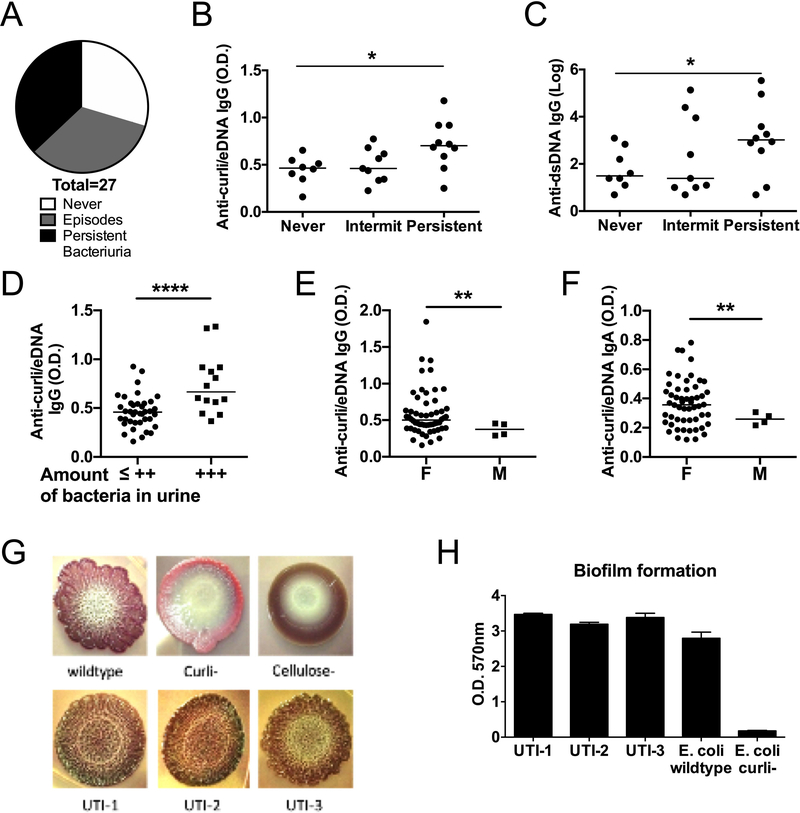Figure 4. Association between Bacteriuria, IgG anti-curli/eDNA antibodies and disease activity.
A) Frequency of bacteriuria in SLE patients as measured by routine UA ranged from never, to intermittent (<100%), to persistent at each visit (100%). B) Levels of anti-curli/eDNA Abs (IgG) and C) anti-dsDNA IgG Abs were compared between patients with increasing frequency of bacteriuria. Wilcoxon test. D) Levels of anti-curli/eDNA against Salmonella (shown) are compared between patients with bacteriuria, as detected by routine urine analyses with microscopy and calculated using a +, ++, +++ grading system. Unpaired two tailed t-test. E-F) Anti-curli/eDNA IgG and IgA Abs levels were compared between sexes in patients who had at least three urinalyses. Welch’s t-test. G) UPEC in lupus patients produce curli containing biofilms. Colony morphologies of E. coli wild type, curli and cellulose mutants as well as three UTI isolates from SLE patients with bacteriuria were grown using YESCA plates supplemented with Congo Red and Brilliant Blue. Curli production is shown by the wrinkled rdar morphology. H). Crystal violet assay was performed to measure biomass of the biofilm generated by three E. coli isolates from urine of SLE patients in comparison to the reference E. coli WT (UTI89) and its isogenic CsgA deficient mutant (curli-).

